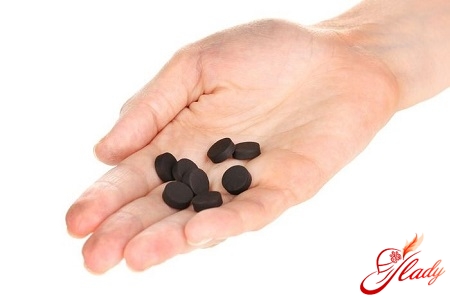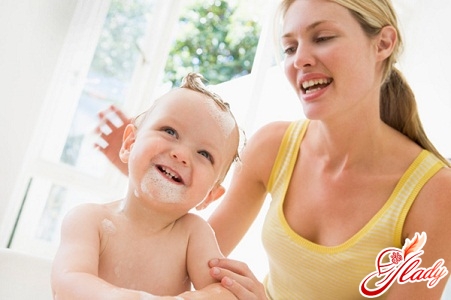 It seems like just yesterday you and your baby were discharged.from the maternity hospital. But time flies and in just a couple of days your sweet baby will be six months old. 6 months is exactly the age when the first teeth start to appear in children. Just yesterday you were incredibly happy with the toothless smile of your baby, and today you are impatiently waiting for the first tooth to cut through, so literally every day you look into the mouth and ask for a smile. For parents, the appearance of the first tooth in a child is a real event. There is even a tradition when guests are invited to the "tooth", and it is customary to give the baby a silver spoon on such a day.
It seems like just yesterday you and your baby were discharged.from the maternity hospital. But time flies and in just a couple of days your sweet baby will be six months old. 6 months is exactly the age when the first teeth start to appear in children. Just yesterday you were incredibly happy with the toothless smile of your baby, and today you are impatiently waiting for the first tooth to cut through, so literally every day you look into the mouth and ask for a smile. For parents, the appearance of the first tooth in a child is a real event. There is even a tradition when guests are invited to the "tooth", and it is customary to give the baby a silver spoon on such a day.
The appearance of the first teeth
The first teeth that appear in a child areare called milk teeth. As mentioned earlier, milk teeth in children begin to erupt at 6-7 months. But it happens that the process of the appearance of the first teeth is a little delayed, and they begin to appear only by 9-10 months, and sometimes by a year. As a rule, the lower incisors are the first to appear, and only then the upper teeth grow. Sometimes the order of appearance of teeth can change. However, parents should not be afraid, this often happens. The following should alert parents: as soon as milk teeth begin to appear in children, the number is what should be the center of everyone's attention. The most important thing is that by the age of two or three years, the baby has 20 milk teeth sparkling in his mouth. After all, even the absence of one tooth can affect the bite, or rather make it incorrect. Each tooth has its own specific place, so if one of them is missing, the rest begin to grow to fill the empty space, thereby upsetting the balance.
Symptoms of teething
Not everything is as simple and joyful as expectedparents. In fact, teething is a very painful process for the baby. When a baby is teething, the symptoms are not very comforting. This is a bad mood, restless sleep, irritability, sore gums, discomfort when chewing. Sometimes the temperature may rise and signs of mild gastrointestinal upset may appear. The gums in the area of the tooth begin to swell and turn red, all this is accompanied by incessant itching. The baby constantly wants to gnaw and bite something to scratch the gums.
How to help the baby?
In such cases, special ones are usually usedteethers, which can be purchased at any pharmacy. As a rule, a teether has a cooling effect. Therefore, before giving it to your child, you need to cool the teether in the refrigerator. The main thing is not to overdo it with cooling. You can also rub the baby's gums with your finger in massaging movements. This will help relieve itching and calm the baby for a while. Do not forget about specialized gels designed to relieve pain and inflammation. Gels, just like teethers, have a cooling effect, which significantly reduces pain and itching and allows the baby to fall asleep peacefully. Well, finally, all 20 long-awaited baby teeth have cut through. Your baby has become "toothy". It would seem that you can enjoy the snow-white smile of the baby and wait for his new victories. But the fairy tale does not end there, it is just beginning. Now the most important thing is to take care of the teeth that have appeared, so that they can be preserved in their original form until the permanent teeth appear, so that no bacteria and microbes can harm the health of your baby's milk teeth. Be patient, because you will have a long and insidious fight against the "sweetest" enemy of little teeth - sweets, candies and chocolate. Good luck to you and health to your children! We recommend reading:









